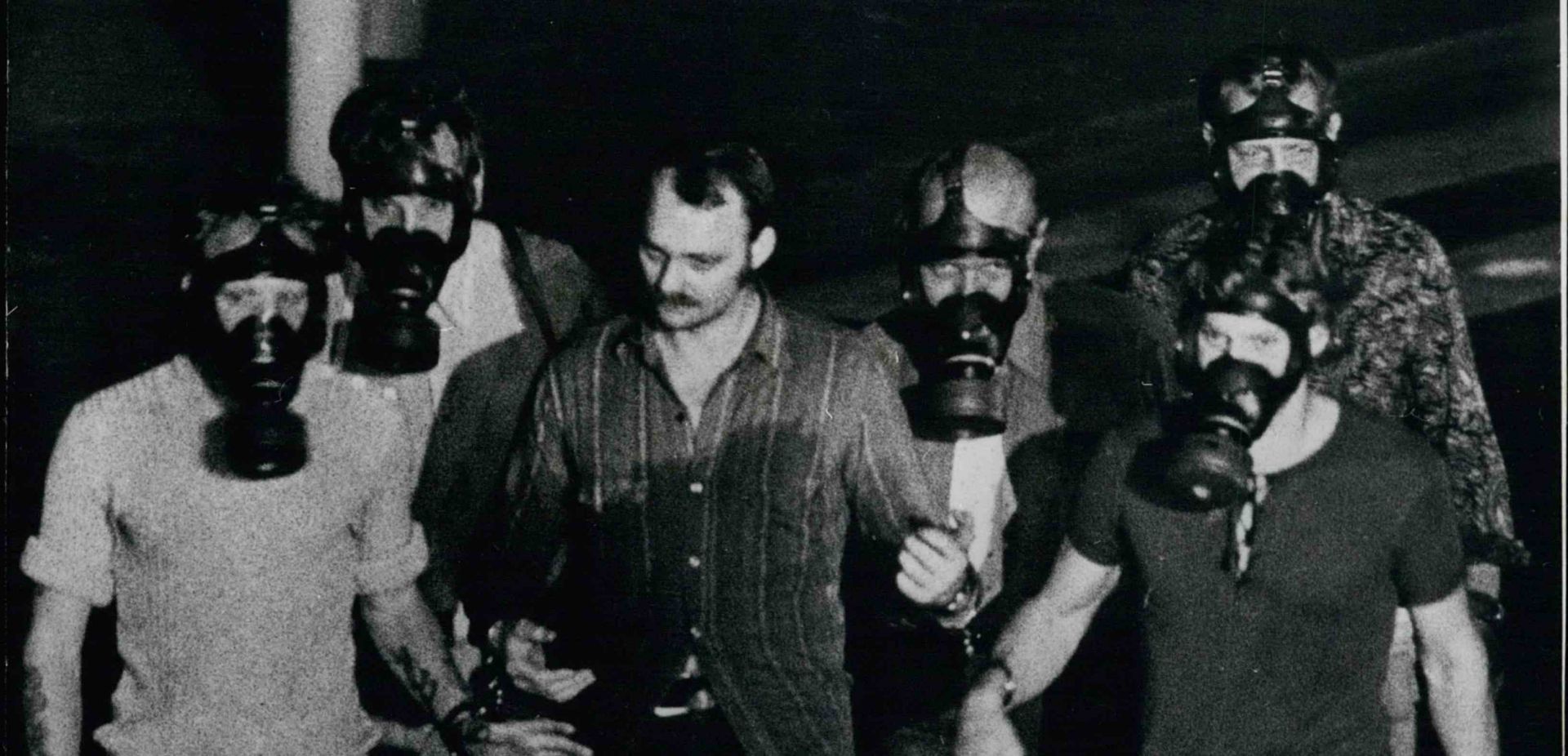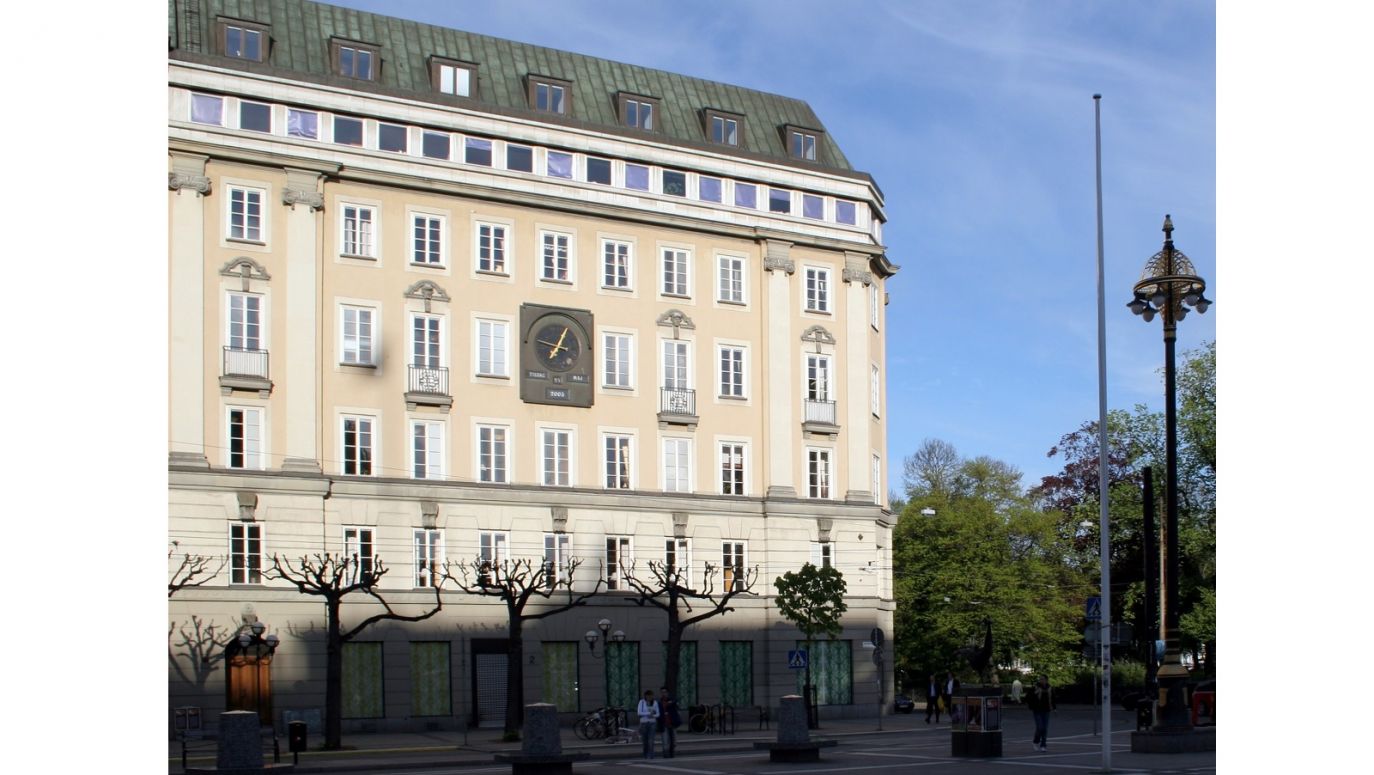However, Frank Ochberg, an esteemed American psychiatrist and a world-renowned expert in post-traumatic stress disorder treatment, as well as the author of the inaugural scientific analysis of the Stockholm events for Scotland Yard, discerns a distinction between these two concepts. "These individuals don't necessarily adopt their aggressor's aggression, as is seen in cases of equivocation. Ironically, they are genuinely intertwined with each other. They share an exceptional sentiment that persists even after being kidnapped and imprisoned," the psychiatrist said in an interview.
Another hallmark of the 'Stockholm syndrome' is the mutual reciprocity of feelings. This dynamic is leveraged by police negotiators confronting this type of crime, as they endeavor to foster these sentiments on both sides – for the victims and the captors. Such a unique bond heightens the hostages' prospects of survival.
Frank Ochberg supported his theory with instances from his experience as a negotiator. In Indonesia, terrorists held hostages in a school, and at a certain juncture, one of the abductors suffered a panic attack that resembled a heart ailment. "I requested the terrorists to monitor the patient's blood pressure, heart rate, and other vital signs. They were to communicate his condition to us over the radio. I aimed for the captors to fulfil this role, cultivating the bond reminiscent of the 'Stockholm syndrome'," the psychiatrist recalls. Unfortunately, a medical student among the hostages assumed responsibility, disrupting the desired psychological mechanism's implementation. "We couldn't prevent her from intervening, as we sought to establish a specific psychological dynamic. Regrettably, our attempt to alter the terrorists' attitude towards the hostages through this tactic failed," he concedes.
Several months later, Janne-Erik Olsson admitted to contemplating the idea of killing one of the hostages. He even divulged that police officers he later conversed with confirmed this grim truth. "They informed me that even killing just one hostage would compel the authorities to meet all my demands. They needn't have told me; I was well aware," he elucidated from prison a few months after the incident. With a tinge of resentment evident in his tone, he added, "It's the hostages' fault. They complied with every instruction I gave them. If they hadn't, I might not be sitting here now. Why didn't any of them attempt to resist me? They made it challenging to carry out any killing. Day by day, we were forced to coexist, much like goats, in these squalid conditions."
In conclusion, he rhetorically questioned, "Who among them could I have taken the life of? Elisabeth, vulnerable and tearful? Kristin, brimming with spirit, capable of addressing Palme the way she did? Sven, an honourable, courageous man? Birgitta, who couldn't erase thoughts of her two children? Our options were limited to familiarising ourselves with each other."
–Sławomir Cedzyński
TVP WEEKLY. Editorial team and jornalists
–Translated by Roberto Galea 

 SIGN UP TO OUR PAGE
SIGN UP TO OUR PAGE 






